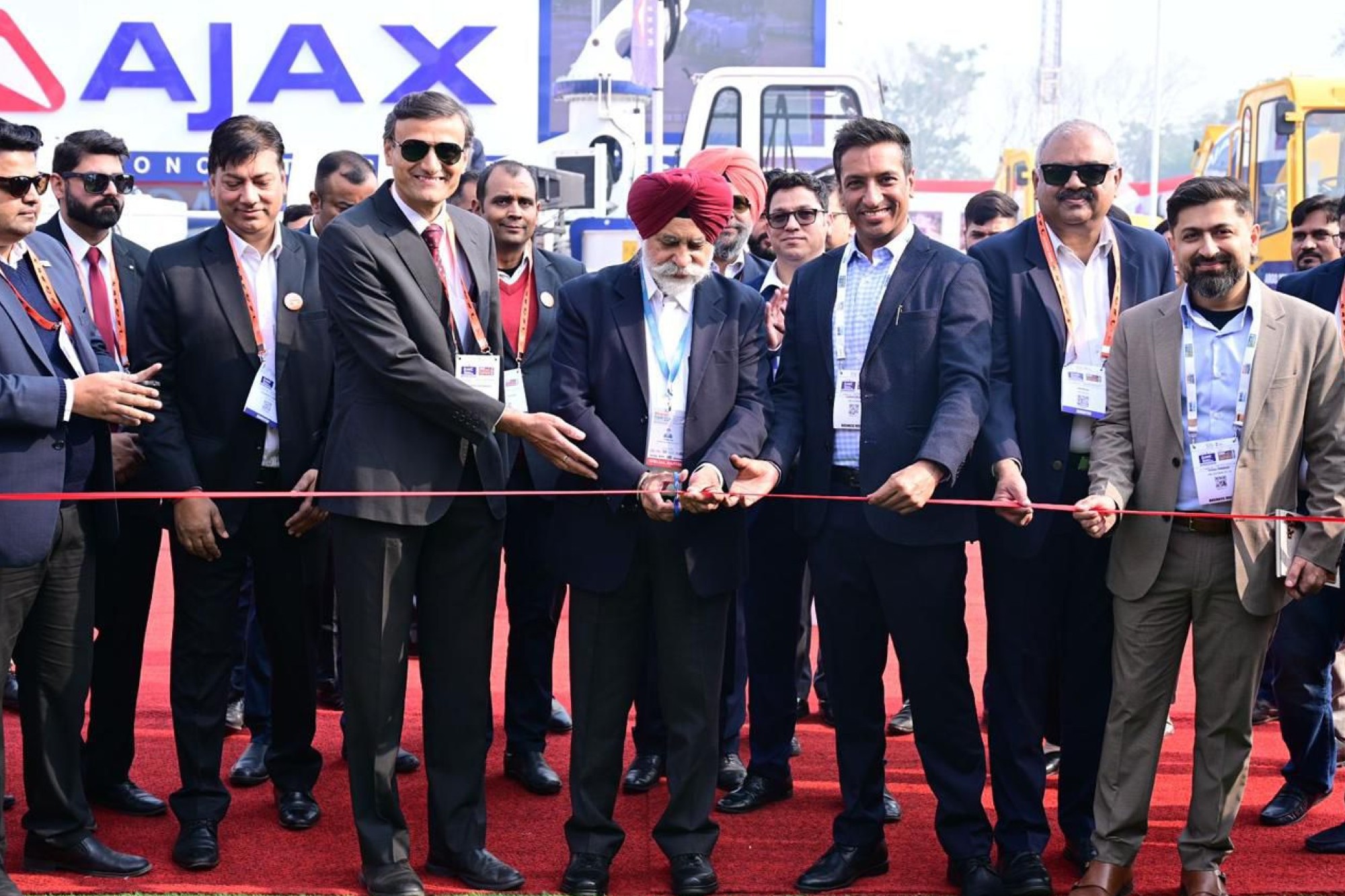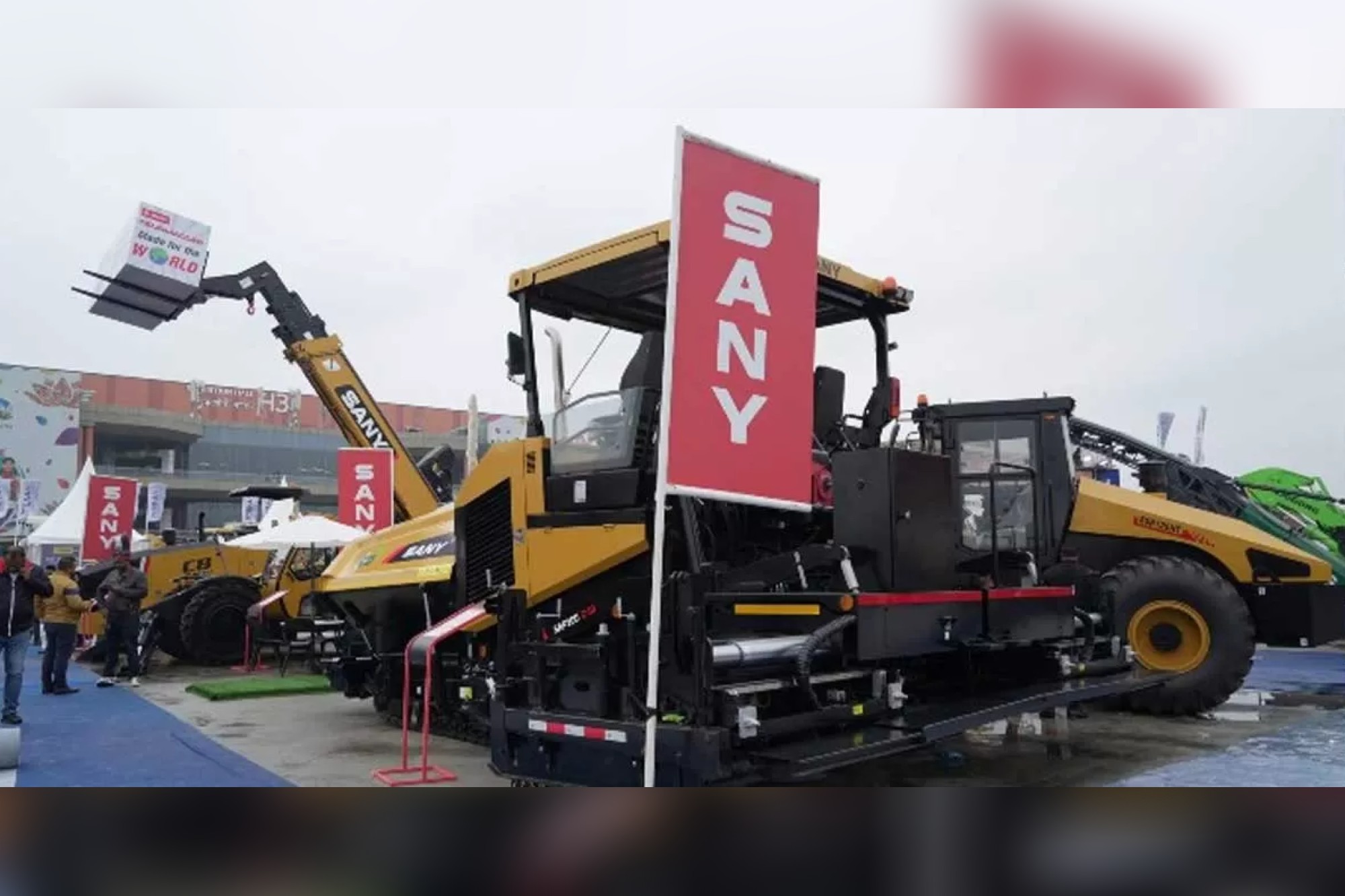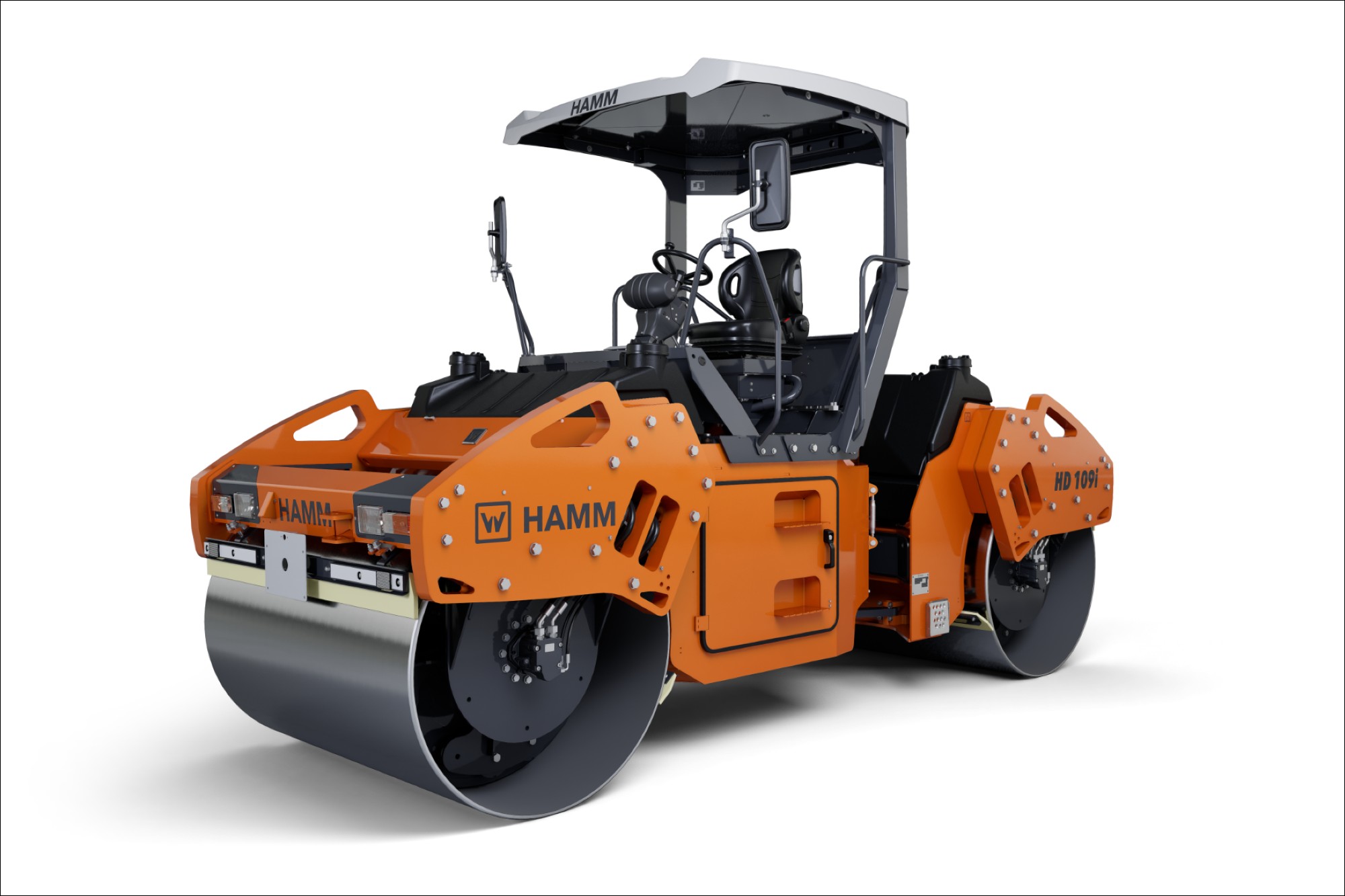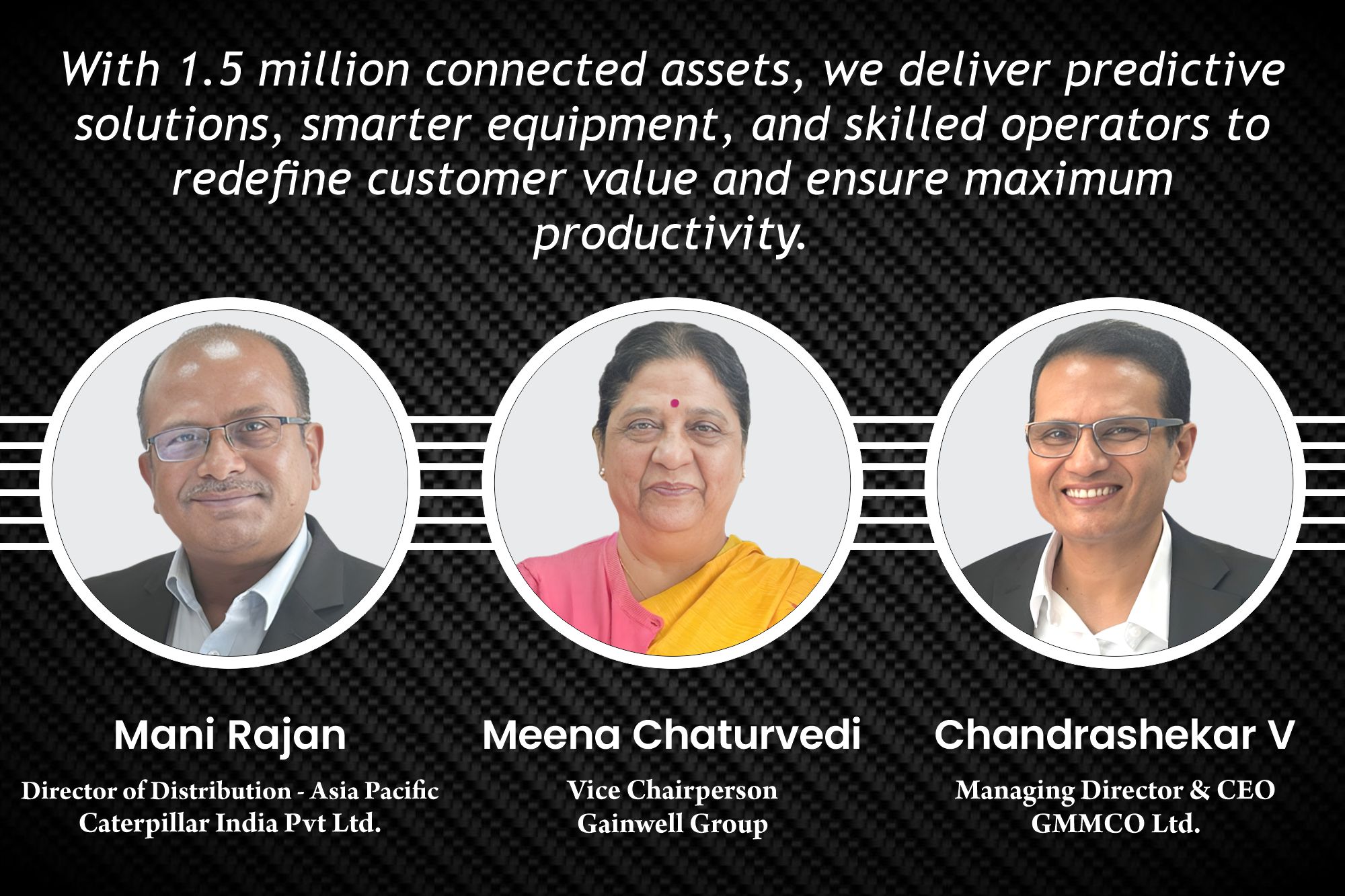Uttarkashi Tunnel Rescue lessons
By Edit Team | December 8, 2023 12:40 pm SHARE

The recent success in rescuing 41 people from the Silkyara tunnel in Uttarakhand has prompted a thorough look into the issues faced by experts in the mining and construction sectors. This story explores the evolving technology limits, the unique methods used, and the global expertise that transformed the industry’s operational tactics.
In the context of the mining industry’s technical landscape, the recent success in rescuing 41 people trapped in Uttarakhand’s Silkyara tunnel exemplifies resiliency and adaptability. Experts in the mining and construction industries need help acquiring and using equipment. However, the Uttarkashi tunnel rescue operation provides important insights that have shaped the industry’s operational tactics and technological innovations.
Unravelling technological limitations
With state-of-the-art mining equipment and drills that could tackle even the most difficult geological terrain, the mission began with high hopes. But the harsh reality of almost 60 metres of the unforgiving rock revealed the drawbacks of a purely technological strategy. The augers became entangled in iron rods and debris, pushing the mission into unknown terrain and requiring a quick recalibration.
Rat-hole miners and global expertise
During the technological standoff, the focus shifted to unconventional specialists, Rockwell Enterprises’ Feroze Qureshi and Monu Kumar. The ancient “rat-hole” mining method strengthened in the last 12 metres, where contemporary equipment failed. This unexpected development had industry techniques re-examined and made people wonder if modern mining equipment was still flexible and durable enough.
The Australian authority on underground tunnelling, Professor Arnold Dix, brought an international element to the rescue. Dix offered plenty of international experience as the head of the International Tunnelling and Underground Space Association in Geneva. His role in developing technical solutions and supervising delicate rescue operations highlighted the need for a comprehensive, global approach to tackling complicated challenges.
Professor Dix plays a significant part in this rescue. His expertise as a geologist, engineer, and lawyer, along with his worldwide perspective as the head of the International Tunnelling and Underground Space Association, lend layers of intellectual complexity to the rescue story. For experts in the sector, his intellectual acuity serves as both a beacon and a guiding force.
Professor Dix’s contribution is noteworthy for his quick rescue and for demonstrating the global exchange of intellectual capital in tackling difficult problems. His supervision of the complex technical aspects of the rescue mission highlights the value of having a strong intellectual foundation while negotiating the complexity of the mining and construction industries.
A testament to human assistance and equipment adaptability
The accounts by Qureshi support the notion that in times of crisis, human assistance is critical. “They applauded us and hugged us for taking them out. I’m at a loss for words. His reply, “I have done it for my country,” clearly encapsulates the critical role that skilled labour plays in filling the gaps left by technological machine limits.
The Uttarkashi tunnel rescue highlights the need for industry sectors to work together in cooperation during times of crisis. It is recommended that industry professionals evaluate how adaptable high-tech equipment is. The episode highlights the need for diverse approaches and equipment adaptability’s significance in tackling problems beyond the scope of a single technical advancement.
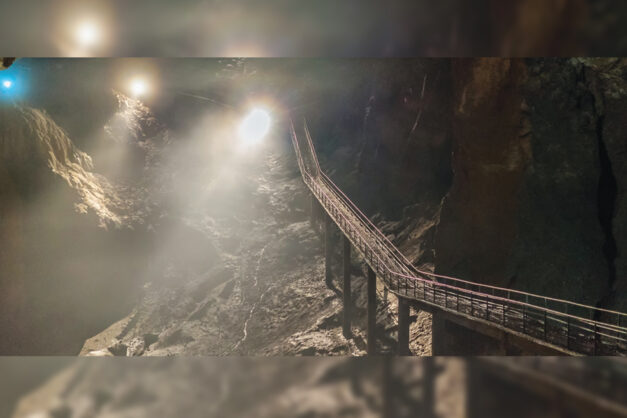
Transformative impact on the industry
The Uttarkashi tunnel rescue operation becomes a library of learning and ideas extending beyond the scope of rescue missions. It encourages the industry to look beyond the obvious to build an intellectual landscape in which adaptability, collaboration, and forward-thinking initiatives are not just aspirations but intellectual imperatives.
The mining equipment sector is at a crossroads as the rescued miners rejoin with their families. This episode is more than just a rescue story; it examines how adaptability and collaboration can turn obstacles into possibilities. The Uttarkashi tunnel rescue becomes a booming note in the symphony of technological capability and intellectual acumen—a call for industry workforce to compose the next chapter in the Mining Equipment Industry’s intellectual legacy.
Cookie Consent
We use cookies to personalize your experience. By continuing to visit this website you agree to our Terms & Conditions, Privacy Policy and Cookie Policy.



